
Parrot
Parrot
Parrot
Do you know the bird known as the parrot? With its variety of vibrant colors, you might have seen a parrot in zoos, or perhaps you even know someone who keeps one as a pet. Despite sometimes being named with budgerigar, these birds often belong to the parrot family rather than being actual budgerigars. Let's explore the fascinating world of parrots!
Parrot Basic Infomation

| Property | Value |
|---|---|
| Scientific Name | Psittaciformes |
| Taxonomic Status | Accepted |
| Rank | Order |
| Kingdom | Animalia |
| Phylum | Chordata |
| Class | Aves |
| Order | Psittaciformes |
| Family | Various |
| Genus | Various |
| Conservation Status | Varies by species |
| Common Names | Parrots |
| Description | Parrots are known for their vibrant feather colors and strong beaks, high intelligence, and sociability. |
| Habitat | Tropical and subtropical forests, savannas, grasslands, mountains, and more |
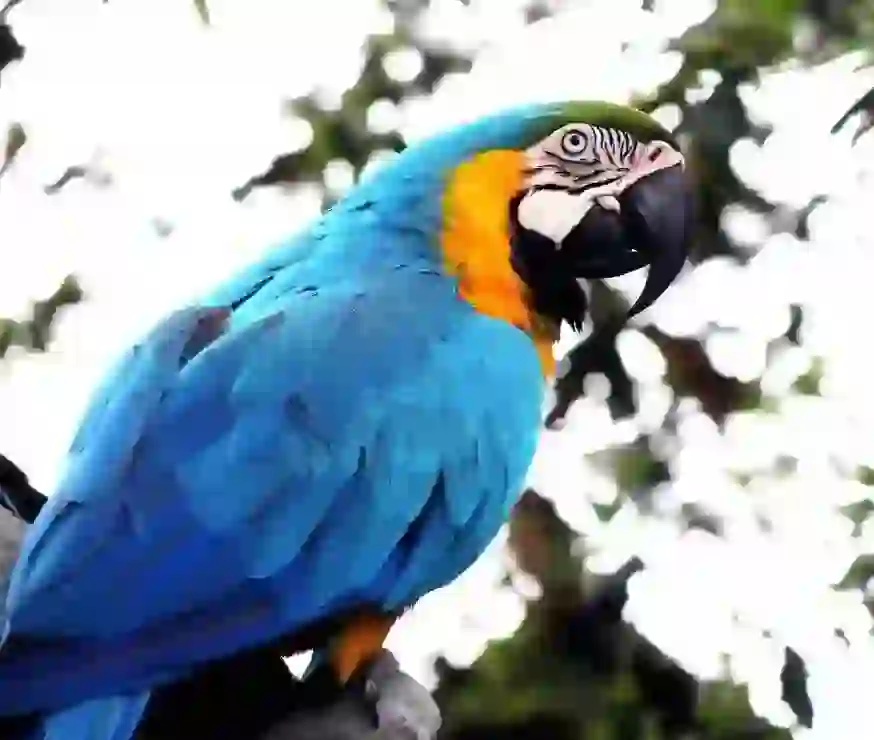
Class: Aves, Order: Psittaciformes, Family: Cacatuidae
Length: 30–60 cm
Weight: 300–1200 g
Parrots inhabit specific regions in the wild, primarily in Australasia, including the Philippines, Indonesian Islands, Papua New Guinea, Solomon Islands, and Australia.
Parrots are stocky, with medium to large bodies among birds. Although they are often confused with parrots, a key distinguishing feature is the presence of a crest, known as 'crest feathers,' that starts from the base of the beak and extends over the crown to the back of the neck. If a bird has crest feathers, it's a cockatoo.
One popular pet, the 'cockatiel,' has crest feathers, which makes it a cockatoo, not a parrot. The name is a bit misleading, isn't it?
These crest feathers can be controlled and typically rise when the bird is excited, nervous, scared, or courting. Normally, they stay flat, but when the bird's mood changes, they stand upright.
Their beak is large, long, and curved with a pointed tip. The feet have two toes pointing forward and two backward, with sharp, curved claws at the tips.
The most notable characteristic of Parrots is their brightly colored feathers. While black, gray, and white are common, you can find yellow, pink, red, blue, green, and orange feathers, either in solid colors, gradients, speckles, or stripes.
One specific type, the 'Major Mitchell's cockatoo,' is known for its beautiful pink-and-white gradient, often called 'the world's most beautiful cockatoo.' It would be quite a sight to see, don't you think?
Parrot Q&A

What is the origin of the name 'Cockatoo'?
The name 'Cockatoo' is derived from the Chinese characters '鸚鵡', which are pronounced as 'Oumu' in Japanese.
In Japan, there is a phrase that uses the term '鸚鵡', known as 'Oumugaeshi', which refers to the act of repeating someone else's words verbatim. This term originates from the characteristic of Parrots mimicking human speech.
However, not all Parrots can talk; it's only a few species that have this ability, leading to the general belief that 'Parrots mimic human speech.'
The term 'Oumugaeshi' originally referred to a practice in waka poetry where a poet would slightly modify another's poem and then send it back as a response.
Nowadays, it's used in everyday conversation, and in kabuki theater, a comedic character known as 'Oumu' often mimics the protagonist's actions and dialogue to elicit laughter.
The English name 'Cockatoo' has its origins in the Malay language, where Parrots are known as 'Kakatuwah' or 'Kakaa Tua,' meaning 'elder brother.' When it reached the Dutch, it became 'Kakatoe,' which then evolved into 'Cockatoo' in English. It's interesting how a name travels through different cultures, isn't it?

Why do Parrots live where they do?
Parrots inhabit various environments, such as forested regions, rainforests, lowland forests, mountains, and mangroves. Some species even live in forests at altitudes over 2,000 meters. While some Parrots stay in the same forest, others move to different locations, adapting to new environments.
Parrots that stay in one forest do so because there's a stable food supply. However, species that move around are capable of adapting to different environments, allowing them to survive even when human activity transforms forests into cities or agricultural areas. This adaptability can be a key to survival.
Parrots are diurnal, but they are not early risers. They typically wake up when the sun rises and the place they sleep in gets warm from the sunlight. They form flocks, staying together day and night. When food is abundant, their flocks can contain up to 100 birds, but during harsh seasons, the flocks can grow to several thousand or even tens of thousands of birds. A record of 32,000 birds has been documented, suggesting they may huddle together for warmth or safety.
Due to their relatively short legs, Parrots waddle when they walk, giving them an unsteady gait. When climbing or descending branches, they use their beaks for stability. Despite their elegant appearance, this waddle is quite endearing.
Parrots require water sources in their habitats because they need to bathe. Bathing is similar to taking a bath for humans; they may bathe in rivers, lakes, or even in the rain. They also preen to maintain their feather's cleanliness.
Preening involves using their beaks to remove dirt and arrange their feathers. They also secrete oil from a gland under their backs, which they spread with their heads and then across their feathers to keep them healthy and shiny. When they can't reach certain spots, they rely on other Parrots to preen them, suggesting a form of cooperation among the flock.
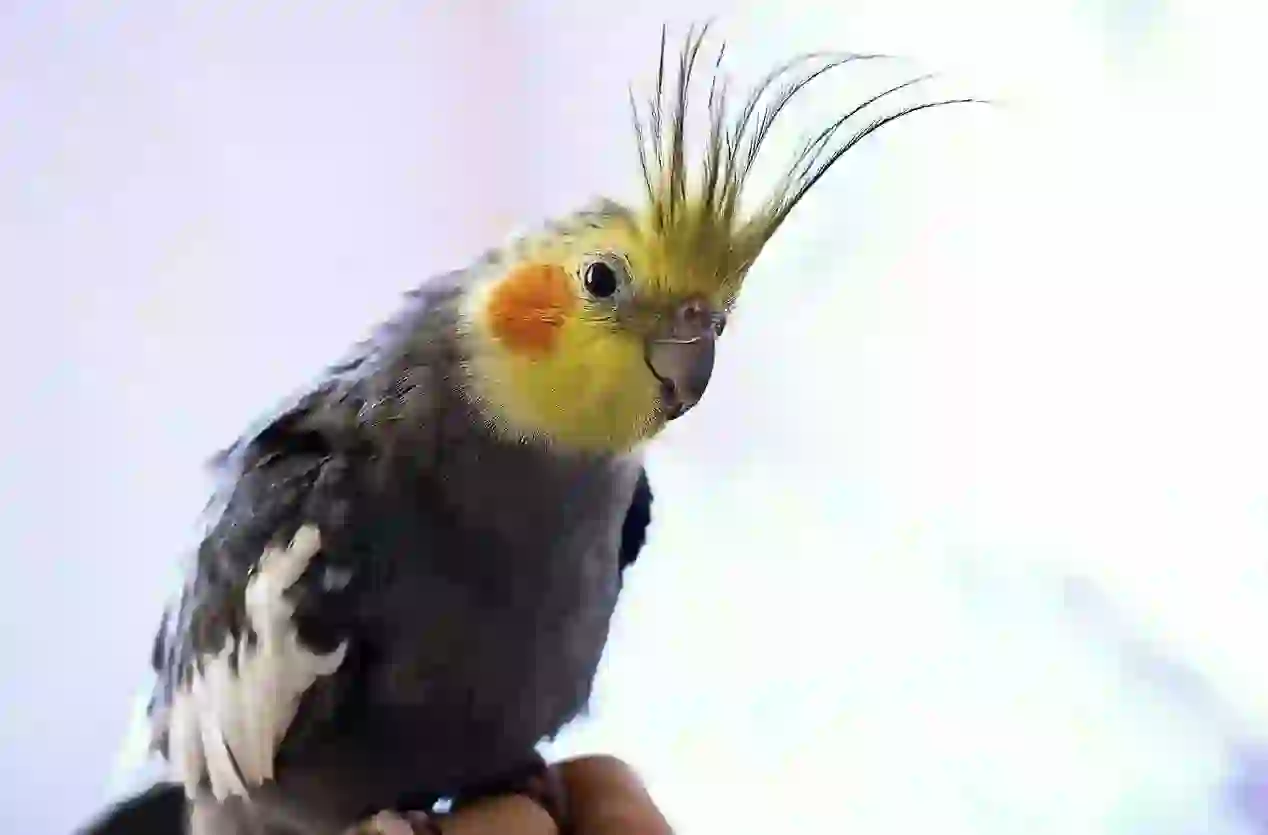
What do Parrots eat?
Parrots eat a variety of foods, including seeds, stalks, bulbs, fruit, nuts, flowers, and insects. There are species with varied diets and others with more specialized diets. Some eat many different foods, while others stick to just one.
Parrots can crack open seeds with their strong beaks and use their skilled tongues to extract the kernels. For nuts and fruit that grow at the ends of thin branches, Parrots use their beaks to pull the branches closer and then use their feet to pluck the fruit. Quite resourceful, isn't it?
Parrots have a large crop (a storage organ) that allows them to eat large quantities at once, letting them store food during sleep, indicating a high food intake.
The crop allows Parrots to eat a lot during the day, so they don't have to worry about eating at night. It seems like they might enjoy a big meal!
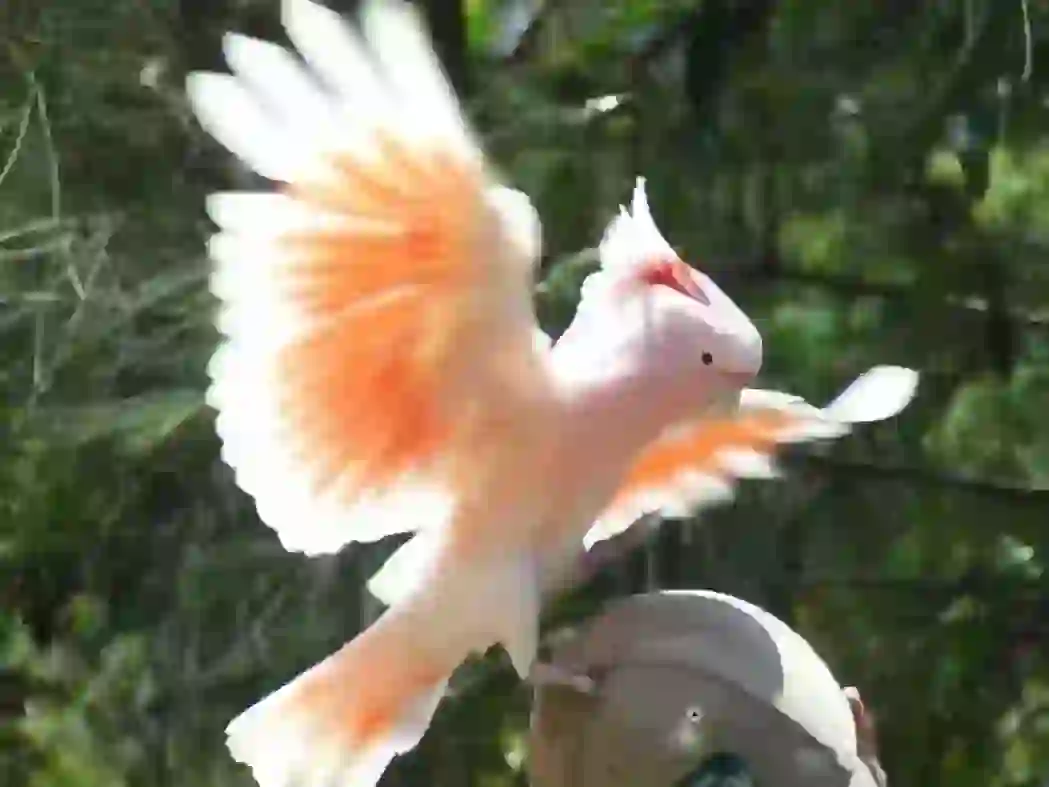
How do Parrots reproduce?
Parrots are monogamous, forming long-term pair bonds. The pair spends time grooming each other and sharing food, possibly to strengthen their bond. They build nests in holes, often in trees, but they don't create these holes themselves.
Instead, they use existing holes created by insects like termites or woodpeckers. Competition for nesting spots can lead to conflicts, as these holes are limited.
They use wood shavings and leaves to build their nests. In some species, only the female incubates the eggs, while in others, both the male and female share the task. If the female is the sole incubator, the male brings food to her. It shows they care for each other, doesn't it?
It takes about 20 to 30 days for the eggs to hatch, and it can take between five weeks to a year for the chicks to fledge, depending on the species. The hatchling-to-fledgling times differ, but by the time they're ready to leave the nest, they're usually as big as the adults, indicating that they're capable of surviving on their own.
After raising their chicks, Parrots often return to the same nesting sites to lay more eggs. They might return because they know the area well, making it easier to nest there.
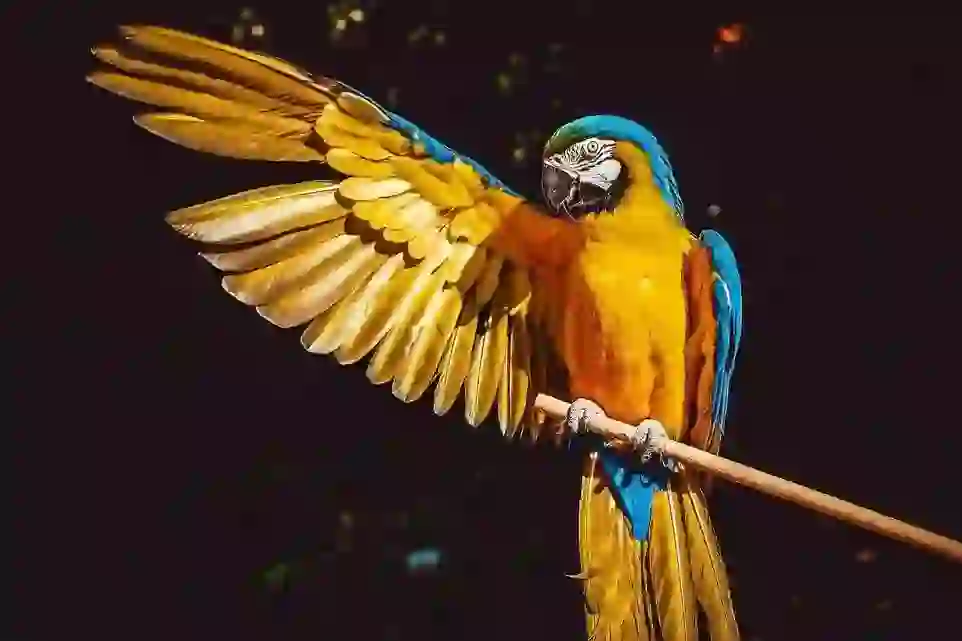
Is it true that Parrots appear in movies and TV shows?
Parrots are intelligent birds that can be trained, making them popular in overseas movies and TV shows. They were also used in Japanese sideshows during the Edo period.
Parrots were introduced to Japan as early as 647 CE, and their vibrant colors made them popular in sideshows during the Edo period.
Overseas, Parrots appeared in a 1970s drama called 'Baretta,' and in 'Serpico,' a film starring Al Pacino. It must have been exciting to share the screen with Al Pacino!
In Australia, Parrots are popular decorative motifs, often incorporated into plant arrangements. British painter William Roberts created a piece called 'The Parrots,' featuring Parrots as the main subject. American artist Joseph Cornell included paper Parrots in his works.
The frequent use of Parrots in art and entertainment suggests that they inspire creativity and add a touch of beauty to various works.
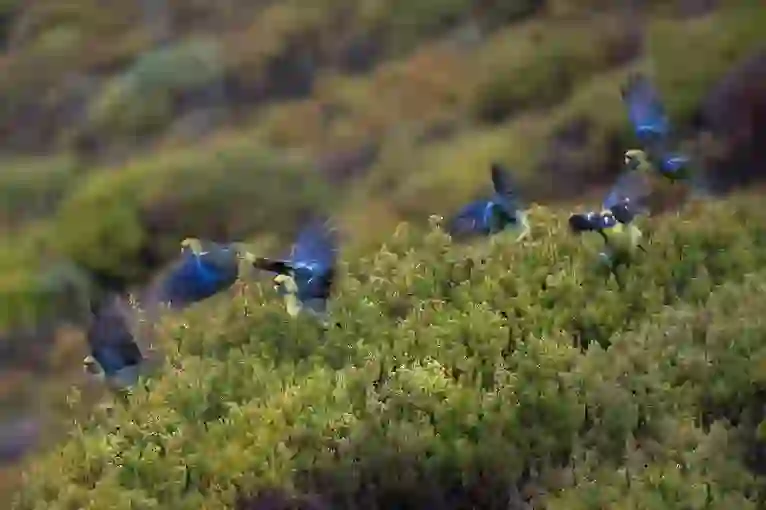
Do Parrots like music?
Parrots are popular pets, especially the cockatiel, which is known for its ease of care. They often dance to music, adding a playful touch. However, some Parrots are more challenging to keep as pets.
Parrots are social birds, and being alone can stress them. In their natural environment, they engage in mutual preening with other Parrots, not only to maintain feather cleanliness but also as a form of communication. They are also highly curious and require various toys to stay entertained, or else they might become bored.
Parrots have loud calls, which might cause issues with neighbors. The loud calls can indicate communication or alarm. It's crucial to manage the noise, either by soundproofing or by notifying neighbors about the potential disturbance.
Though challenging to care for, Parrots are affectionate and can bond strongly with their owners. They may also dance to music, which is delightful to watch.
Parrots respond well to praise, and they can learn through positive reinforcement. This is similar to the 'praise and reward' method used in training other pets.
Parrots are long-lived, with lifespans ranging from 20 to 70 years, depending on the species. One cockatoo in Sydney lived over 100 years.
With such a long lifespan, caring for a cockatoo requires commitment and love. They can become cherished family members, so it's essential to provide them with a loving home.
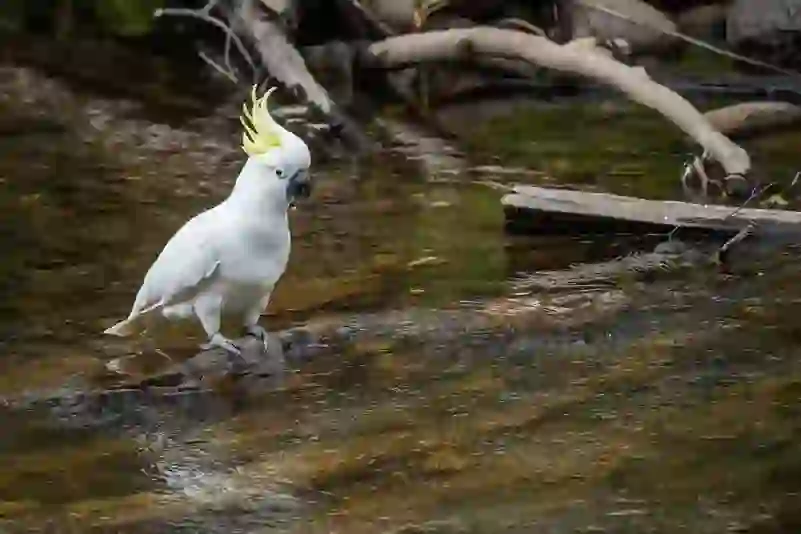
Are Parrots listed as endangered?
Parrots face threats from human activity, including habitat destruction, poaching, and extermination, leading to certain species becoming endangered.
Parrots are sometimes considered 'pests' for damaging crops and are subsequently killed. However, this behavior often results from habitat loss due to human activity. When forests are cleared, Parrots lose their homes and food sources, forcing them to venture closer to human settlements.
Additionally, Parrots chew on wood to maintain their beaks, and if they venture into human-inhabited areas, they might chew on doorframes or window sills, furthering their reputation as pests.
Parrots build their nests in tree hollows, but as deforestation increases, suitable nesting sites decrease.
Parrots are also popular as pets, which has led to illegal capture and trade. Although the capture of many species is banned, illegal poaching continues. The poached birds are often transported in small containers, causing high mortality rates during transit.
Between 1983 and 1990, an estimated 66,654 Parrots were exported. With the sophistication of smuggling techniques, eggs are also targeted for easier transportation, leading to continued illegal imports.
Despite being listed as endangered, there's a need for greater awareness and stricter enforcement to protect Parrots. Efforts are being made to safeguard them, but there's still much work to be done.

Would you like to become a part of the 'Animalbook.jp'?
Turn your knowledge into Q&A and share it with the world. ※Publication will be activated after purchase. Let's share information together!
Parrot Type of List

- Cockatiel
- Palm Cockatoo
- Red-tailed Black Cockatoo
- Glossy Black Cockatoo
- Yellow-tailed Black Cockatoo
- Western Long-billed Corella
- Bodenkam Black Cockatoo
- Gang-gang Cockatoo
- Galah
- Major Mitchell's Cockatoo
- Sulphur-crested Cockatoo
- Little Corella
- Long-billed Corella
- Goffin's Cockatoo
- Cockatiel (Cacatua sulphurea)
- Greater Sulphur-crested Cockatoo
- Blue-eyed Cockatoo
- Alba Cockatoo
- Northern Cockatoo
- Australian Cockatoo
- Blue-eyed White Cockatoo
- Umbrella Cockatoo
- Eleonora Cockatoo
- Greater Corella
- Bare-eyed Corella
- Solomon Cockatoo
- Philippine Cockatoo
Information
Congratulations! You are the first commenter!

Create Your Favorite List!
Parrot
Save the animals you love! Build your own list to quickly revisit your favorites later.

Would you like to leave a comment?
※Please note: This is for the purchase of rights to post comments within the article.
Find Your Favorites!
Our shop offers a unique and attractive selection of goods themed around various animals.
Parrot References
Parrot Introduction of media used
出典:pexels.com

出典:pixabay.com

出典:pixabay.com

出典:pixabay.com

出典:commons.wikimedia.org

出典:pixabay.com

出典:pixabay.com

出典:pixabay.com
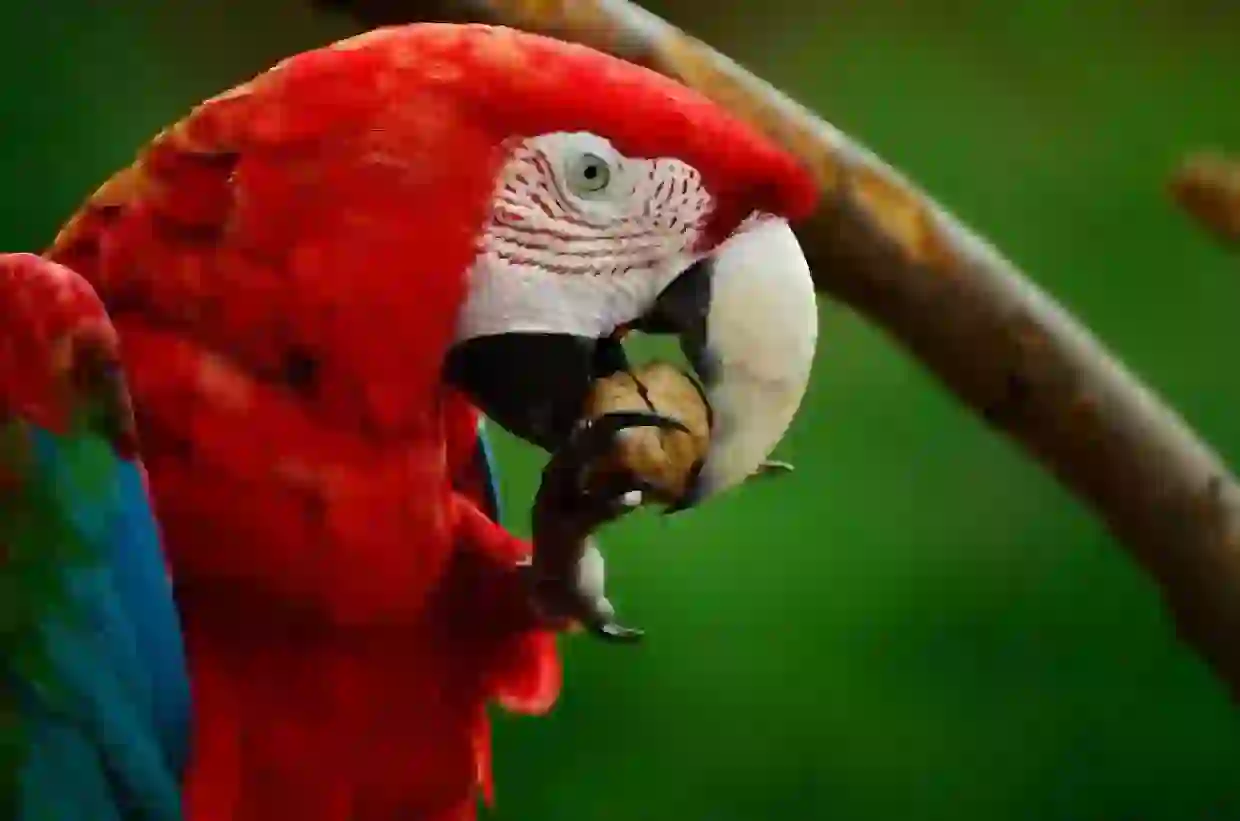
出典:pexels.com
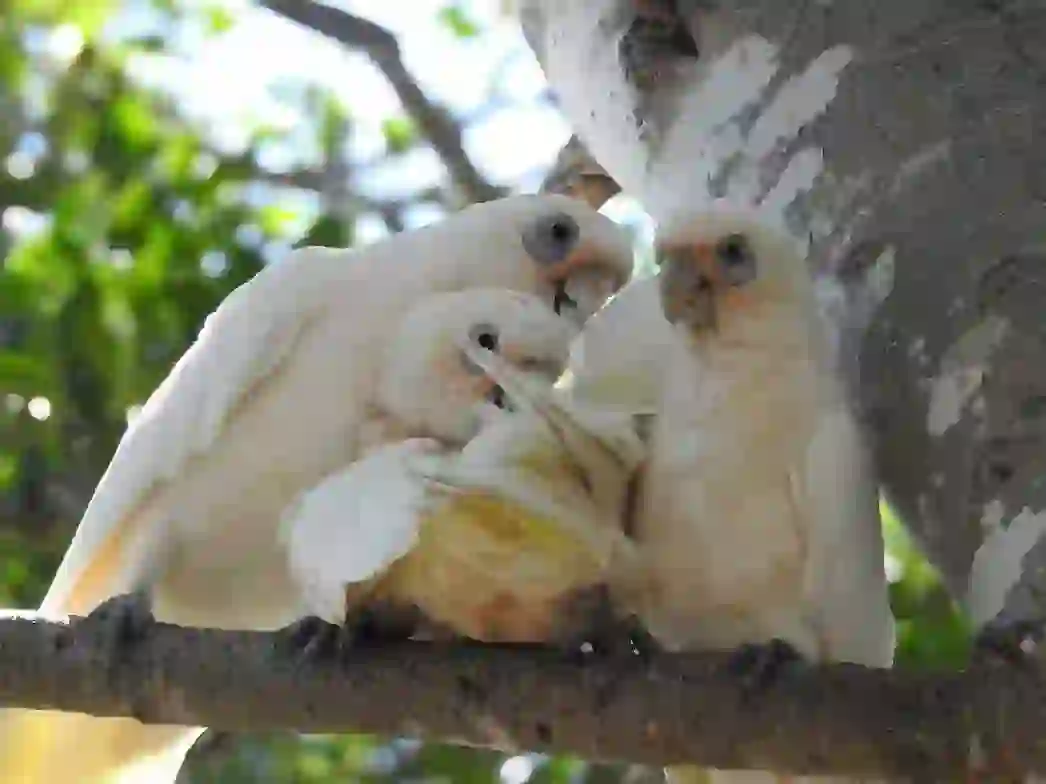
出典:pixabay.com
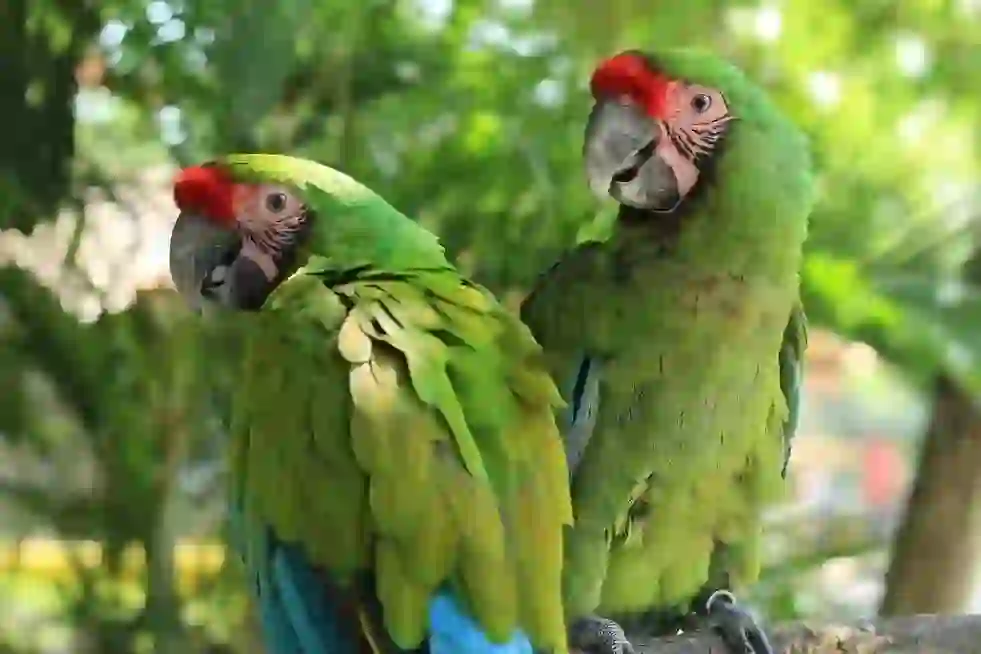
出典:pixabay.com
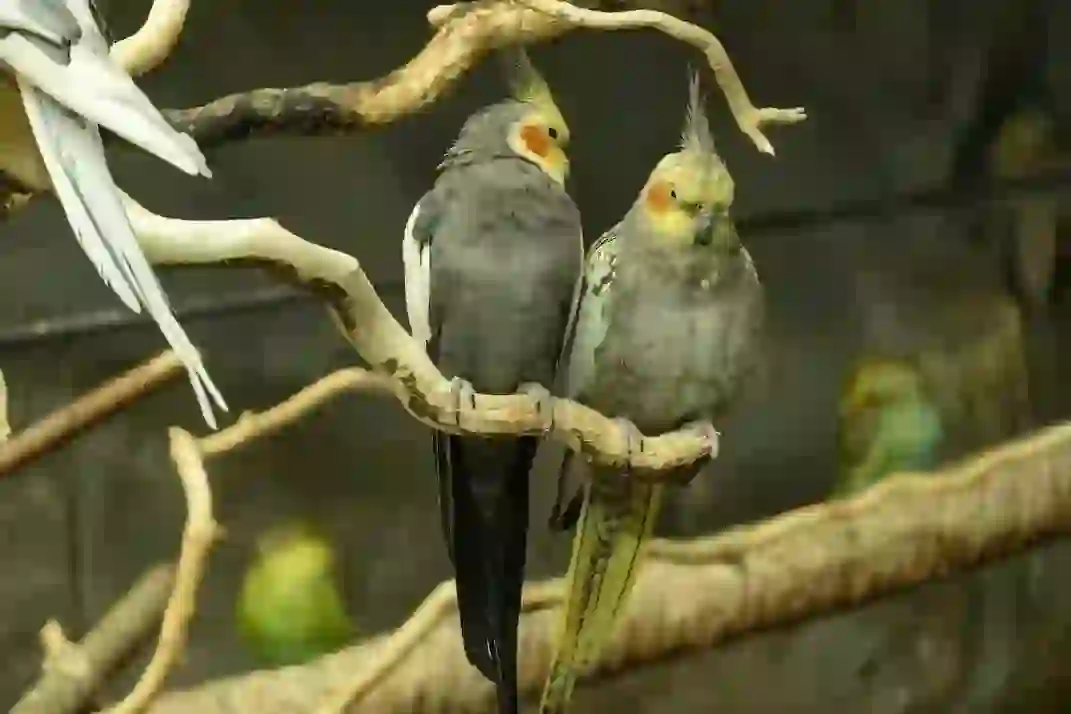
出典:pixabay.com
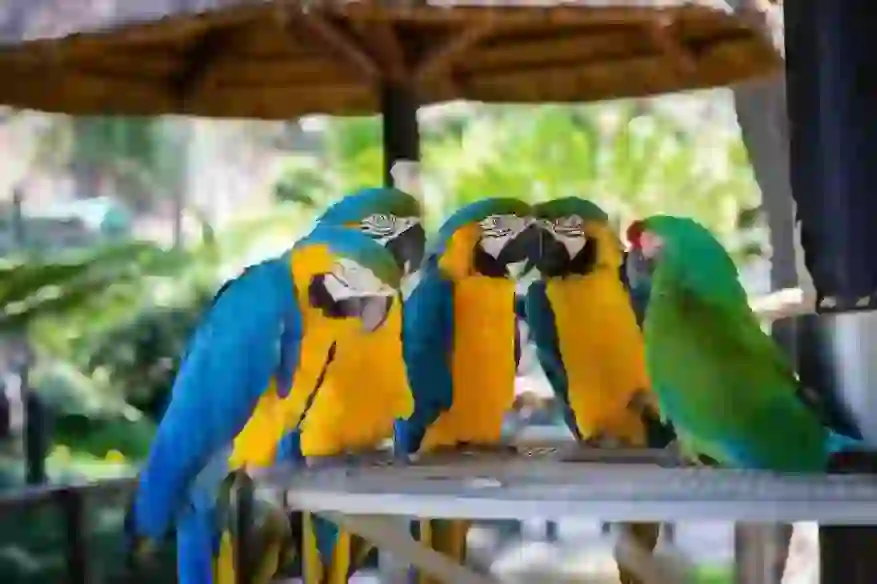
出典:pexels.com

Help Enrich Our Animalbook.jp with Your Media!
We are constantly looking to expand and enrich our Animalbook.jp with amazing photos and videos of animals. If you have any media that you'd like to share, please contribute and help us showcase the beauty and diversity of the animal kingdom. Your submissions will be credited and featured in our encyclopedia, reaching a wide audience of animal lovers.


















